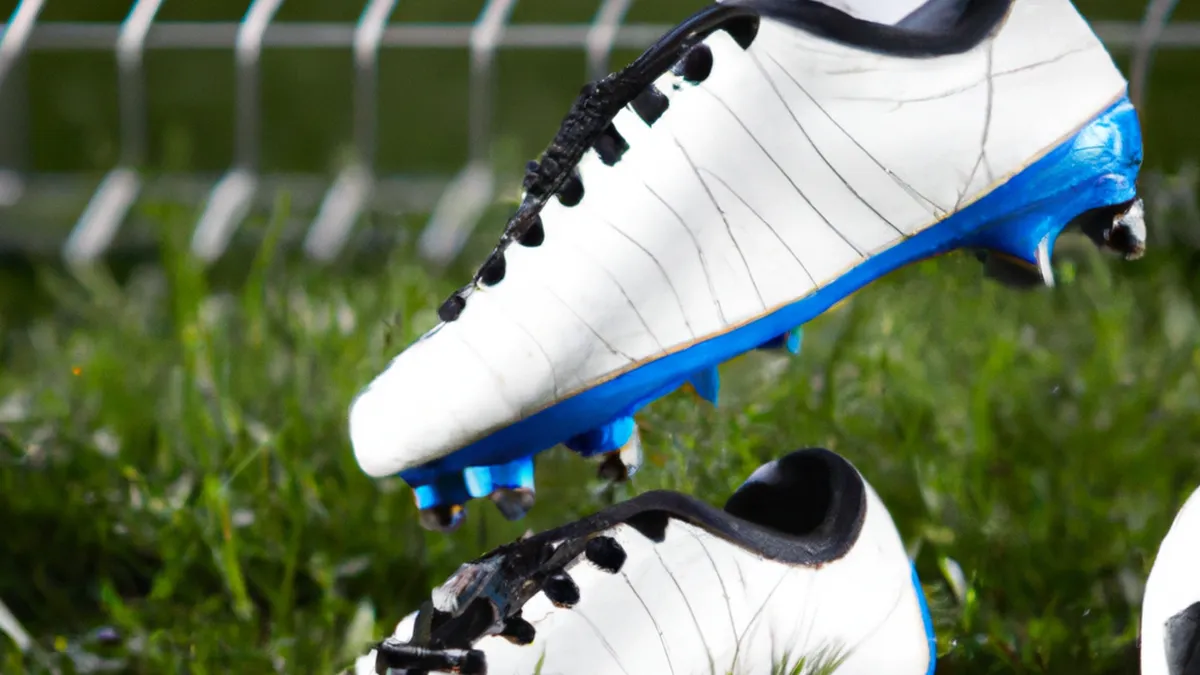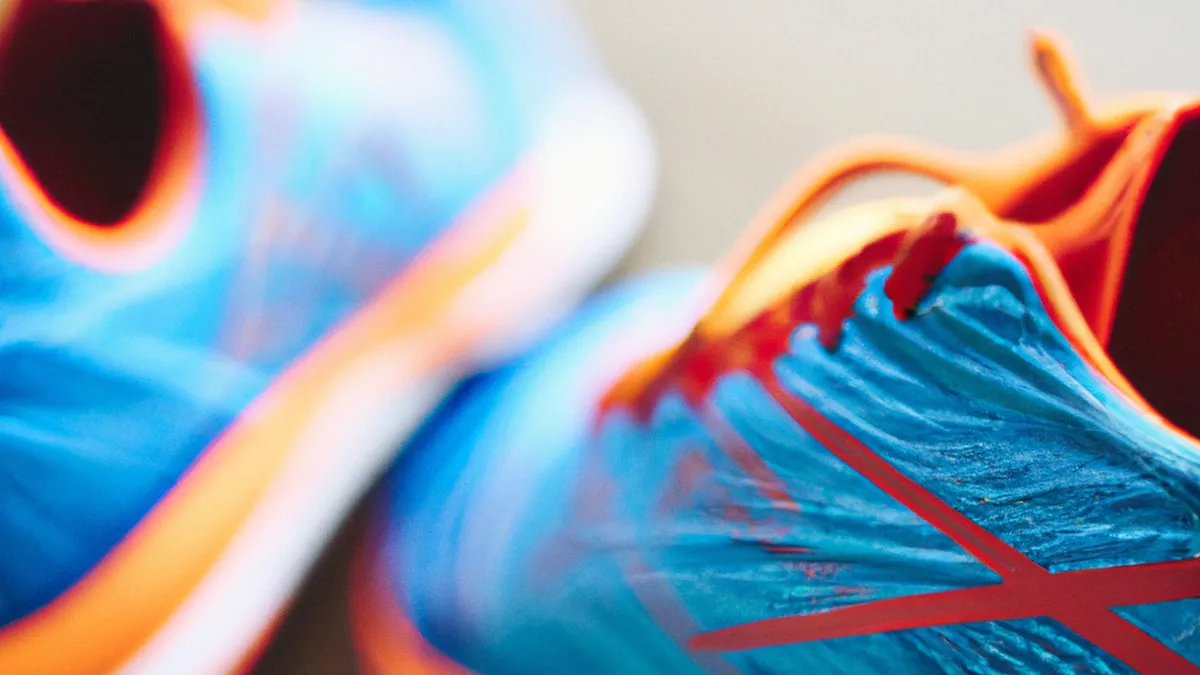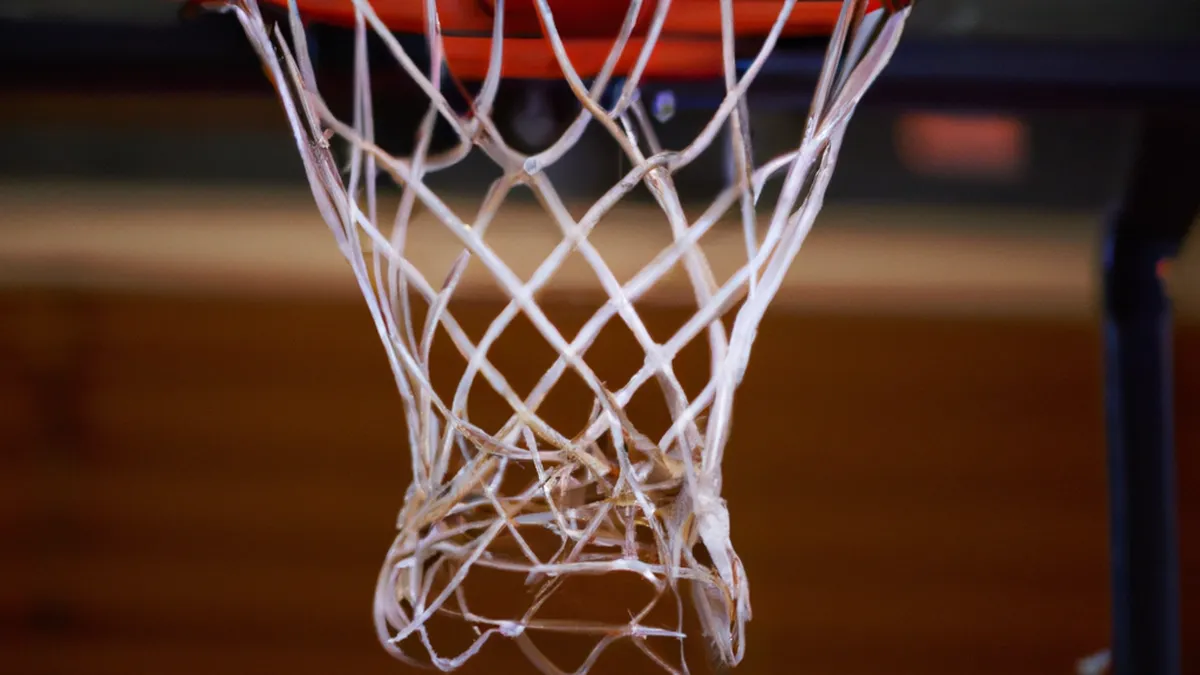Function vs. Fashion: Soccer Shoes Explained
Choosing the Right Footwear for Adolescent Soccer PlayersSelecting the right footwear for adolescent soccer players is crucial for performance and safety. The right cleats enhance maneuverability and reduce injury risks. Parents and young athletes may feel overwhelmed by the many available styles, materials, and features. This guide simplifies the factors to consider when choosing soccer footwear.
As an Amazon Associate I earn from qualifying purchases.
Gear tip: consider shin guards, goalkeeper gloves, and kid-size cones to support this topic.
Understand the Playing Surface
Consider the type of playing surface before selecting shoes. Soccer occurs on grass, artificial turf, and indoor facilities, each requiring different footwear.
Grass Fields
For natural grass fields, especially soft or muddy ones, choose cleats with longer studs. These studs provide traction and prevent slipping during quick movements. They also maintain stability during sharp turns, acceleration, or stopping. Consider the grass field’s condition. Wet or uneven surfaces require different designs than dry, firm ground. Players should evaluate the conditions they may face throughout the season.
Turf Fields
Turf fields require different footwear. Turf cleats typically have shorter rubber studs or flat soles. These designs offer grip without damaging the synthetic surface. Turf shoes enable quick pivots and fast sprints, enhancing directional changes.
Indoor Play
Indoor soccer requires flat-soled shoes for optimal grip on smooth surfaces. These shoes prevent scuffing while providing traction for quick footwork.
Find the Right Fit
A proper fit ensures comfort and performance. Ill-fitting shoes can cause blisters, calluses, and severe foot injuries over time.
Measure the Foot
Always measure both feet before buying soccer shoes. Many people have one foot slightly larger than the other. Choose the larger size for comfort. Shoes should fit snugly around the heel and midfoot, with enough room for toes to wiggle.
Try Before You Buy
Encourage the player to try on shoes in-store and walk around. Performing soccer-specific movements helps assess comfort and support. This practice ensures the shoes fit their playing style.
Consider Width and Arch Support
Footwear must accommodate the foot’s width. Some players may need shoes designed for wider feet.
Conclusion
Selecting the right soccer footwear enhances performance and safety. Consider the playing surface, fit, and specific player needs for optimal results.
Below are related products based on this post:
FAQ
Why is it important to choose the right footwear for adolescent soccer players?
The right footwear is crucial for both performance and safety in soccer. Proper cleats enhance maneuverability and reduce the risk of injuries, allowing players to perform at their best on the field.
What factors should be considered when selecting soccer shoes?
When selecting soccer shoes, it’s essential to consider the type of playing surface, the fit of the shoes, and any specific needs of the player. Different surfaces such as grass, turf, and indoor facilities require distinct footwear designs for optimal performance.
How can I ensure the shoes fit properly?
To ensure a proper fit, measure both feet and choose the larger size for comfort. It’s also important to try on the shoes in-store, walking around and performing soccer-specific movements to assess comfort and support before making a purchase.















Post Comment